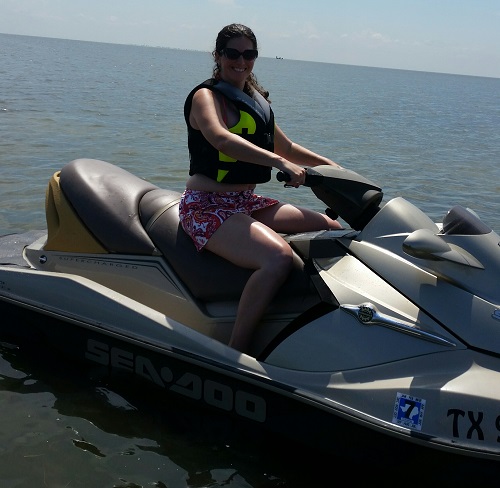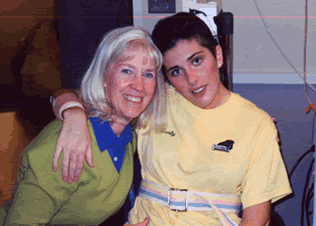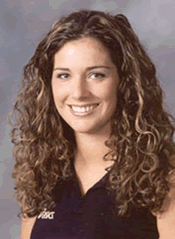
Carly's Accident
On October 14, 2003 Carly Christine Draudt was looking for an excuse to avoid that afternoon’s volleyball cookout. She had a psychology test the next day and didn’t feel ready. Seeing no way out she decided to attend the cookout and then head straight to the library.
That morning she asked Clint, her boyfriend, to run some errands. He agreed. That morning was the last time that he would see the Carly he had fallen in love with over the past four years of college.
Carly never made it to the library that night. Instead she spent that night and dozens more in intensive care at Grand Strand Regional Medical Center.
The accident happened before dinner was served. The volleyball girls spotted the host’s Jet Skis in the waterway. Carly wanted to ride, but she was nervous. Her teammate and friend, Katie, decided to drive the Jet Ski, while Carly sat behind her.
No one knows exactly what happened next. According to reports the girls took off down the waterway. They turned a corner down the narrow river, hit a sandbar and were propelled into nearby trees. Katie’s face hit the tree breaking dozens of bones. She was thrown into the water. However, she was conscious and screamed out in pain. Carly hit her head against Katie’s and fell onto her back. Unconscious she laid face up with her head turned to the side. She threw up blood from her mouth, nose and even ears. Her position on the Jet Ski is one of the many miracles that saved her life.
Carly suffered a closed head injury. Because the impact did not fracture Carly’s skull, the blood could not be released and the intracranial pressure forced her head to swell rapidly. She was rushed to the hospital where she underwent two surgeries. In the first surgery the doctor put her brain back in place, as it had shifted and was no longer centered. The second surgery helped to drain the blood.
Carly’s parents were notified of the accident and instructed to fly out immediately as it was likely Carly would not make it through the night. Carly was kept in a drug-educed coma for 3-4 weeks. She was woken up slowly as the swelling decreased. Carly’s parents, sister and Clint sat by Carly’s side for two weeks talking to Carly despite her inability to respond. Eventually, Carly’s father had to go home and Carly’s mom stayed for another many months by her daughter’s bedside.

For weeks after Carly came out of the coma she lay still and almost completely unresponsive. One of her eyes would open slightly. And her right arm showed signs of movement.
After two months of intensive rehabilitation Carly was deemed physically strong enough to board a plane. She was transferred to St. Jude hospital in Fullerton upon her arrival in California. Eight days later she was sent home. Not because she was ready, but because her lifetime insurance benefit had run out. The insurance company had already paid more than they legally had to for Carly’s care.
So Carly’s therapy—where she transformed from a vegetative state to a walking and talking individual—was stopped. The rehab team, comprised of about half a dozen specialists rotating every hour stopped. Instead Christy, Carly’s mom, was handed a do-it-yourself rehab guide, which included work sheets and exercise routines. Carly’s nurses, who changed her diapers and filled her feeding tube, nicely showed Christy how to perform these tasks.
